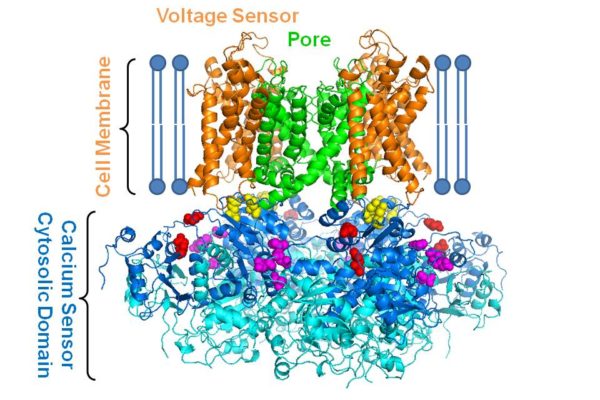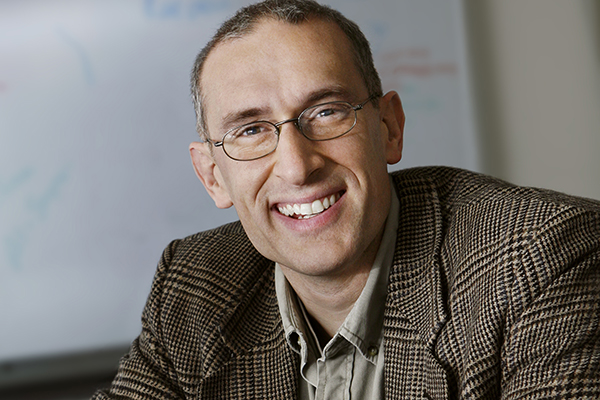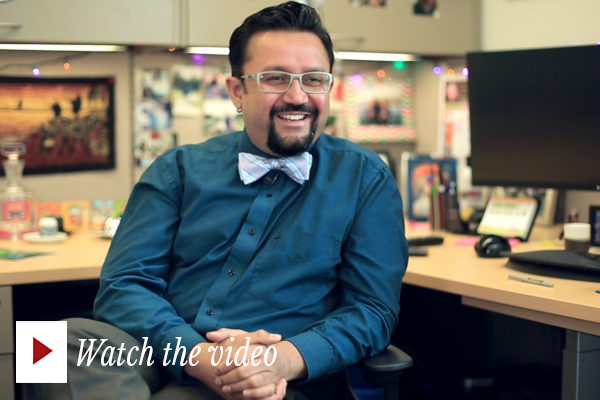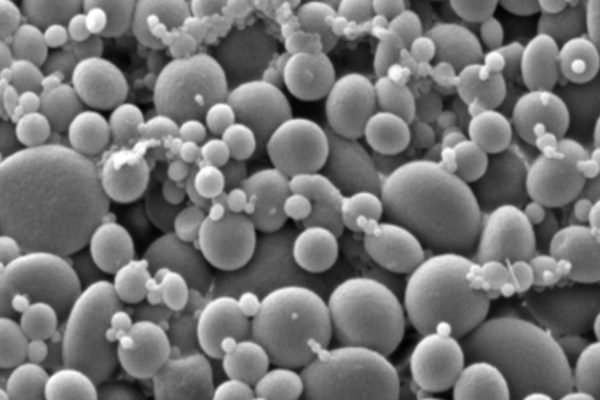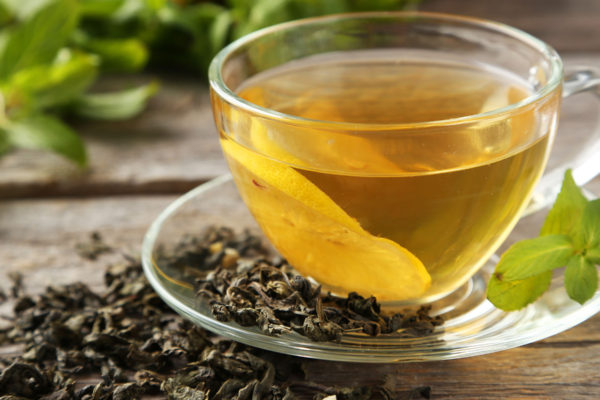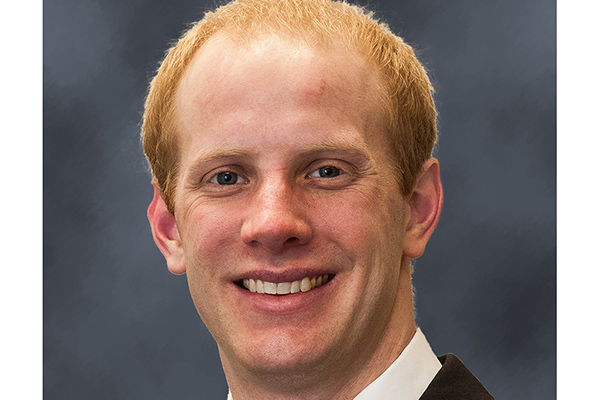Preventing lead spread
While lead pipes were banned decades ago, they still supply millions of American households with water each day. A team of engineers at Washington University in St. Louis has developed a new way to track where dangerous lead particles might be transported in the drinking-water supply during a common abatement procedure.
Ching earns 2017 NSF CAREER Award
ShiNung Ching will examine cognitive functions of the brain with a five-year, $500,000 CAREER award from the National Science Foundation (NSF). Ching is the Das Family Career Development Distinguished Assistant Professor of electrical and systems engineering in the School of Engineering & Applied Science at Washington University in St. Louis.
How molecular function affects high blood pressure, other diseases
By changing one small portion of a stimulus that influences part of one molecule’s function, engineers and researchers at Washington University in St. Louis have opened the door for more insight into how the molecule is associated with high blood pressure, autism and movement disorders.
Genin elected AIMBE Fellow
Guy M. Genin, professor of mechanical engineering and materials science in the School of Engineering & Applied Science at Washington University in St. Louis, has been elected to the 2017 College of Fellows of the American Institute for Medical and Biological Engineering.
Common heart ailment target of new WashU Engineering research
More than 14 million Americans have an irregular heartbeat that predisposes them to sudden death. New research by a biomedical engineer at Washington University in St. Louis seeks to understand the issue at the molecular level with the goal of improving therapies.
Three questions with Gautam Dantas on antibiotic resistance
A microbiology professor discusses antibiotic resistance and his lab’s efforts to help physicians fight antibiotic-resistant infections.
Better than a pill
With a new $1.7 million award from the National Institutes of Health, a team from Washington University in St. Louis plans to develop a silk-based system to better alleviate the pain and discomfort of osteoarthritis.
Lew earns 2017 NSF CAREER award
Matthew Lew, assistant professor in the School of Engineering & Applied Science, plans to develop a new technology combining chemical probes, optics and imaging software to see inside cells at the nanoscale level thanks to a CAREER award from the National Science Foundation, which provides $500,000 over five years.
The power of tea
A team of engineers at Washington University in St. Louis and their German collaborators say a compound found in green tea could have lifesaving potential for patients with multiple myeloma and amyloidosis, who face often-fatal medical complications associated with bone-marrow disorders.
MD/PhD student honored at international engineering conference
A paper authored by Stephen Linderman, an MD/PhD candidate at Washington University in St. Louis, recently took first prize at the American Society of Mechanical Engineers International Mechanical Engineering Congress and Exhibition.
View More Stories


